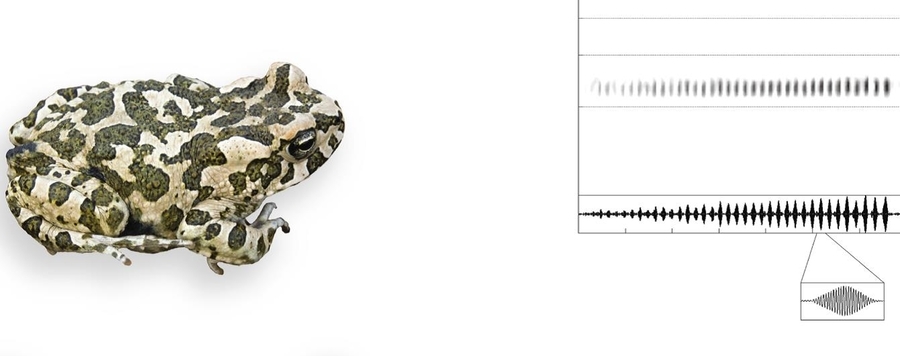
Fifteen shades of green: The evolution of Bufotes toads revisited
The radiation of Palearctic green toads (Bufotes) holds great potential to evaluate the role of hybridization in phylogeography at multiple stages along the speciation continuum. With fifteen species representing three ploidy levels, this model system is particularly attractive to examine the causes and consequences of allopolyploidization, a prevalent yet enigmatic pathway towards hybrid speciation. Despite substantial efforts, the evolutionary history of this species complex remains largely blurred by the lack of consistency among the corresponding literature. To get a fresh, comprehensive view on Bufotes phylogeography, here we combined genome-wide multilocus analyses (RAD-seq) with an extensive compilation of mitochondrial, genome size, niche modelling, distribution and phenotypic (bioacoustics, morphometrics, toxin composition) datasets, representing hundreds of populations throughout Eurasia. We provide a fully resolved nuclear phylogeny for Bufotes and highlight exceptional cyto-nuclear discordances characteristic of complete mtDNA replacement (in 20% of species), mitochondrial surfing during post-glacial expansions, and the formation of homoploid hybrid populations. Moreover, we traced the origin of several allopolyploids down to species level, showing that all were exclusively fathered by the West Himalayan B. latastii but mothered by several diploid forms inhabiting Central Asian lowlands, an asymmetry consistent with hypotheses on mate choice and Dobzhansky-Muller incompatibilities.Their intermediate call phenotypes potentially allowed for rapid reproductive isolation, while toxin compositions converged towards the ecologically-closest parent. Across the radiation, we pinpoint a stepwise progression of reproductive isolation through time, with a threshold below which hybridizability is irrespective of divergence (< 6My), above which species barely admix and eventually evolve different mating calls (6–10My), or can successfully cross-breed through allopolyploidization (> 15My). Finally, we clarified the taxonomy of Bufotes (including genetic analyses of type series) and formally described two new species, B. cypriensis sp. nov. (endemic to Cyprus) and B. perrini sp. nov. (endemic to Central Asia). Embracing the genomic age, our framework marks the advent of a new exciting era for evolutionary research in these iconic amphibians.






